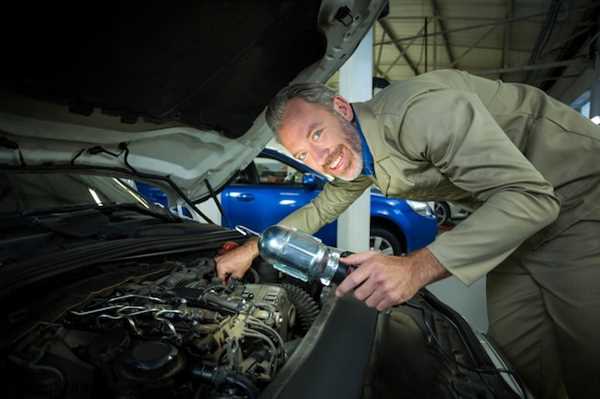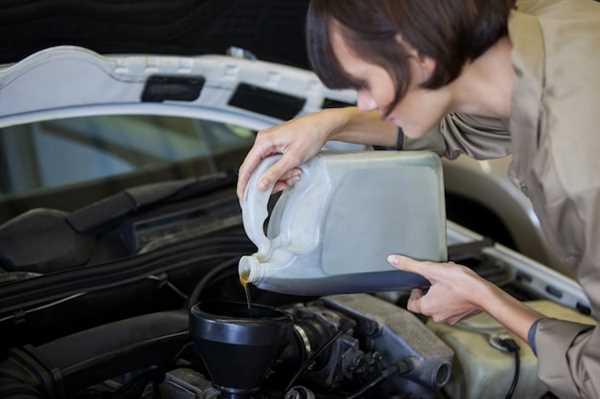

Always maintain a safe distance from the vehicle ahead to reduce the likelihood of a collision. Rear-end incidents are among the most prevalent types of vehicle mishaps. By keeping a 3-second gap, you ensure ample time to react to sudden stops or emergencies.
Stay alert to the effects of distractions. Texting or using a mobile device significantly increases the chance of mishaps. It is advisable to set your phone to “Do Not Disturb” mode while on the road, allowing full concentration on driving.
Weather conditions frequently contribute to hazardous situations. Rain, snow, or fog can severely impair visibility and traction. Drive at a slower speed and use appropriate headlights to enhance visibility when conditions deteriorate.
Regular maintenance of your vehicle directly impacts safety. Ensure that brakes, tires, and lights are in optimal condition. Routine checks can prevent failures that may lead to serious incidents.
Familiarize yourself with the rules of the road. Ignorance of regulations can lead to reckless decisions, resulting in harmful outcomes. Take the time to refresh your knowledge of traffic signs and laws.
Identifying Driver Distractions and How to Minimize Them

Limit smartphone use while driving. Texting or browsing diverts attention, increasing risk. Set your phone to “Do Not Disturb” mode and utilize hands-free options when necessary.
Keep conversations with passengers brief. Engaging in lengthy discussions can lead to a lapse in focus. Establish rules before starting your trip, especially with young children.
Avoid eating and drinking while operating a vehicle. These activities require physical coordination and visual attention that should be directed toward the road. Prepare meals in advance or schedule snack breaks.
Adjust vehicle controls only when stationary. Changing the radio, GPS settings, or climate controls distracts from driving. Familiarize yourself with these features before hitting the road.
Stay mindful of external distractions, such as billboards or scenery. Maintain a steady gaze ahead, consciously avoiding the temptation to stare at passing attractions.
Practice mindfulness techniques to enhance concentration. Breathing exercises can help sharpen focus and reduce anxiety while driving, making it easier to stay attentive.
Regularly assess your environment for potential distractions. Offer feedback to yourself if you catch your mind wandering or becoming distracted, allowing you to refocus your attention quickly.
Understanding Weather Conditions and Safe Driving Practices

Maintain a safe distance from other vehicles during rainy or snowy conditions. Wet roads reduce tire traction, increasing stopping distances significantly.
Reduce speed when visibility drops due to fog or heavy rain. Slow driving allows for better reaction time to obstacles or sudden changes in traffic.
Keep headlights on in low visibility situations. This helps others see your vehicle, and aids in your own visibility of the road ahead.
Check tire conditions regularly. Adequate tread depth and properly inflated tires improve grip, especially on slippery surfaces.
Avoid sudden maneuvers; gentle steering, braking, and acceleration reduce the risk of skidding on slick roads.
Stay informed about weather forecasts. Planning ahead can help avoid driving during hazardous conditions and inform necessary precautions.
Clear all windows and mirrors of ice or snow before driving. This ensures maximum visibility and minimizes the chances of misjudgment.
Use windshield wipers and defrosters appropriately. Clear glass improves visibility and reduces fatigue while driving in adverse weather.
Understand local driving regulations regarding severe weather. Some areas may implement specific rules for safety, especially in storms or blizzards.
Recognizing Vehicle Maintenance Issues That Lead to Accidents
Regular inspections of tire pressure and tread depth are crucial. Under-inflated tires can result in poor traction, affecting handling and increasing stopping distances.
Brake systems should be monitored diligently. Worn pads or low fluid levels compromise stopping power, elevating the risk of collision. Always check for unusual noises or vibrations when braking.
Engine performance directly impacts driving safety. Neglected oil changes can lead to engine failure, while faulty fuel systems can cause stalling, especially at critical moments.
Lighting components, including headlights and brake lights, must function properly. Darkness significantly increases risks when visibility is diminished. Regular checks ensure illumination systems are operational.
Windshield wipers and fluid levels should be assessed routinely, especially in areas prone to inclement weather. Clear visibility is paramount for safe driving, preventing mishaps due to obstructed views.
Batteries can fail without warning. A consistent check on terminals and charging systems helps avoid unexpected breakdowns, which can lead to dangerous situations on busy roads.
Lastly, suspension parts should not be overlooked. Worn shocks or struts can lead to instability, causing loss of control, particularly during sharp turns or sudden maneuvers.






